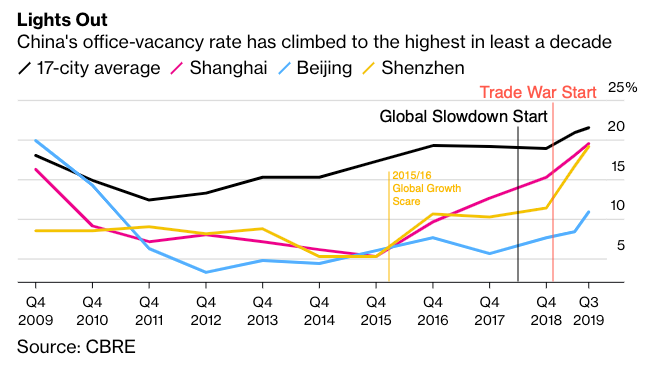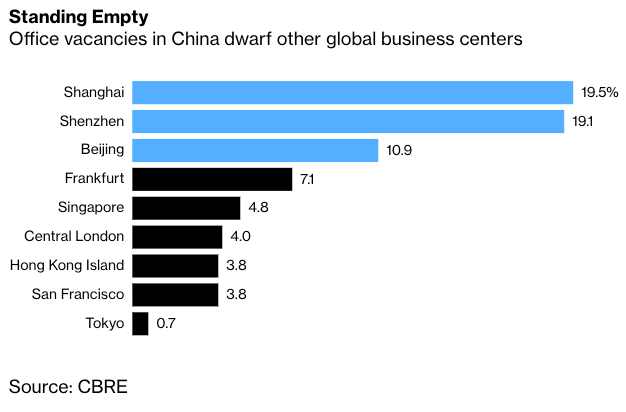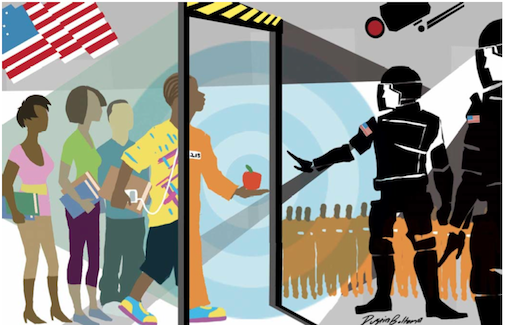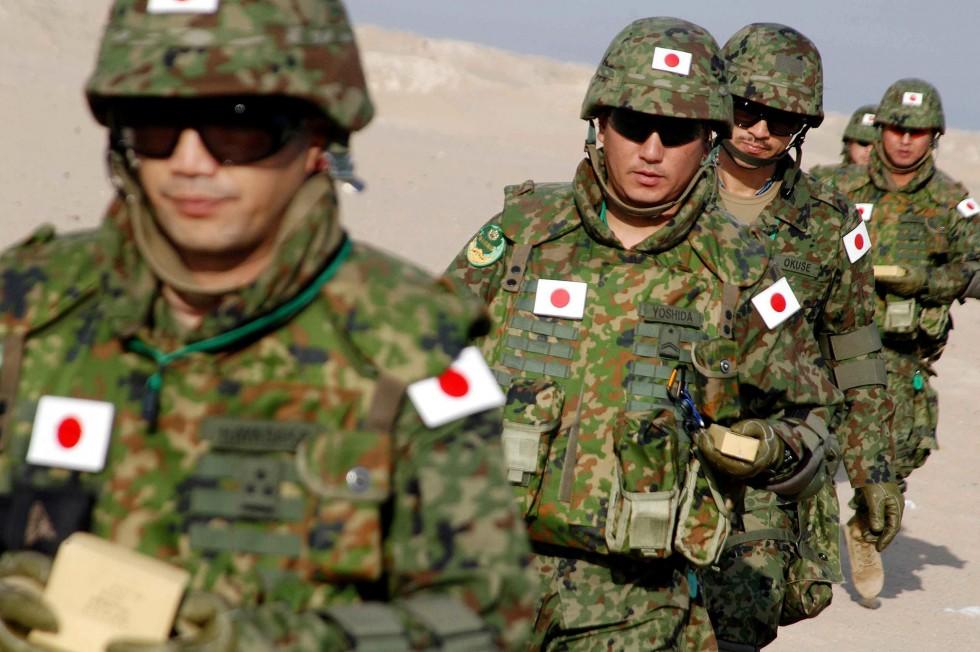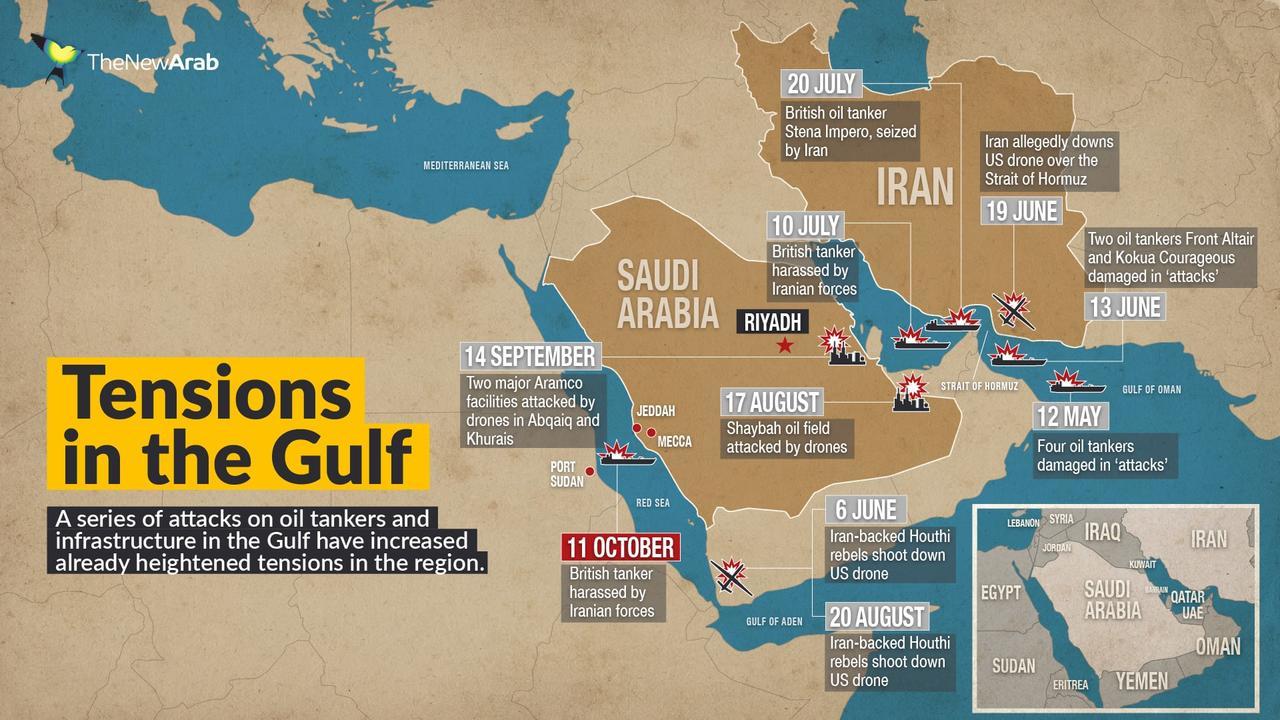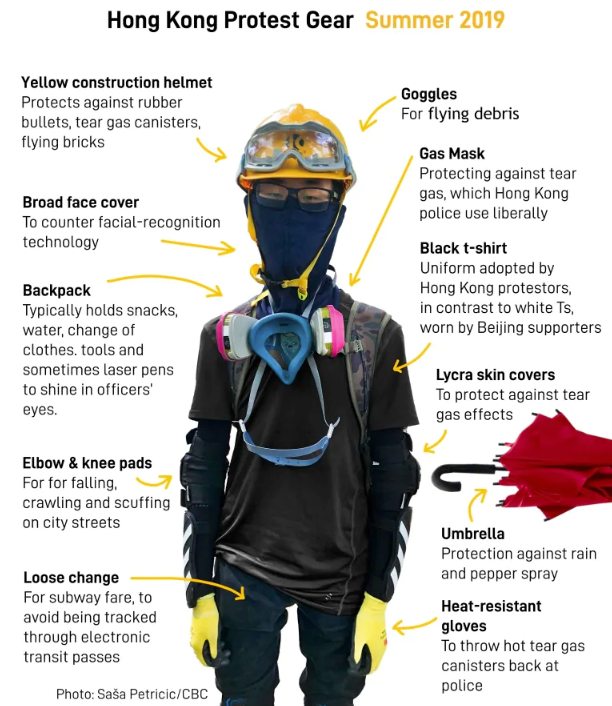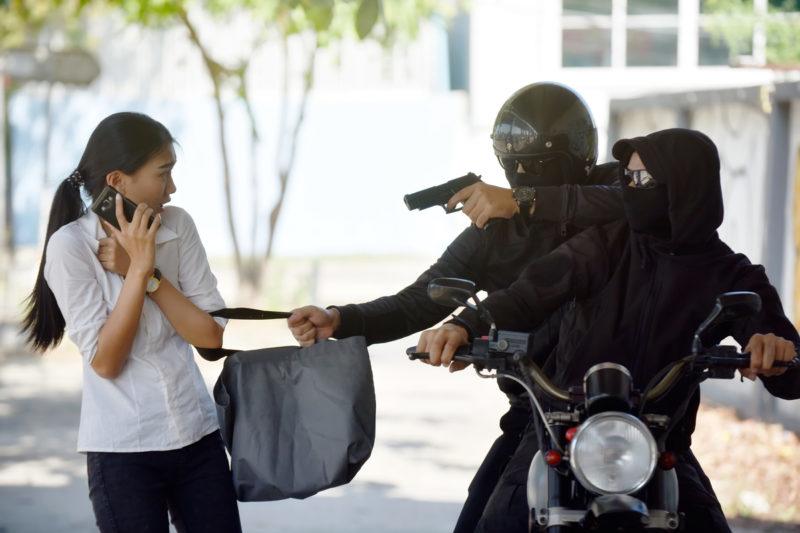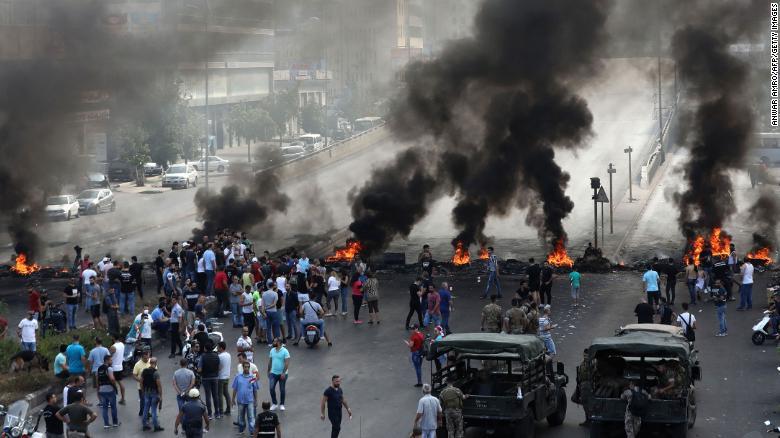6 Warning Signs That Civil Unrest Is Imminent
Authored by J.G.Martinez D. via The Organic Prepper blog,
This week has been “interesting” in South America. Interesting, indeed, but as in the ancient Chinese curse style.
For those of us in this side of the hemisphere, having been able to witness first-hand, in the front line, how the very same plot that made us get the heck out of our country, is unleashing a vendetta against the countries that have received us Venezuelans.
I know geopolitical issues are not the intention of this blog, but please, allow me to continue. It will be necessary to establish a context of the circumstances. This vendetta I mentioned, has the exact same features that Fidel Castro once sent to Miami, from Mariel, in Cuba (a pilot test?). President Moreno has accused directly to Maduro of sending hidden terrorists, camouflaged between the refugees. For those readers interested that maybe are going to buy the book Daisy and I are writing, you will find a direct relationship between travels of communist leaders to South America, and civilian turmoil generated within a suspiciously short time frame after their “visit”. This is not the only indicator of troubles, indeed. If we remember, in 1988 the Venezuelan president Carlos Andres Perez invited Fidel to his ceremony of possession. Some people who were there informed that a significant part of the companions of Fidel for that ceremony did not come back to Cuba. They stayed in Venezuela.
This said, it is not hard to suppose what kind of influence these “visitors” had in the 1989 coup d’etat. The incredible violence unleashed in the cities was something totally unexpected, and rarely seen in a country such as Venezuela. For more details, you will read about it in the book, with some testimonies of friends and acquaintances, and some anecdotic data. I was like 15 at the time and remember everything as it was yesterday.
The objective, finally, of this article is getting to the reader accustomed to this idea: civilian turmoil presents so suddenly that maybe the only option you will have is to bug in.
A couple of weeks ago, everything was so quiet in Ecuador that it was even boring. Don’t believe me? Watch the news. A few days ago, a violent mob kicked out the police out of their way and invaded the National Assembly (something very similar, indeed to what happened in Venezuela).
A very volatile situation is brewing in all of South America.
Countries that had been relatively peaceful are now (thanks to the hidden terrorists sent by the Maduro regime) a powder barrel. The timing could not be worst for me and my reduced family group. An old illness has come back and I´m struggling to recover at least partially before things get worst. Fortunately, we are in a popular neighborhood where there are lots of Venezuelans, and the people renting me have no complains because I´ve been quite a good tenant: no noises, paying on time (thanks to my extreme frugality and the generosity of a few readers, I have to acknowledge). They are a senior couple and hardly would allow me to get hurt by an angry mob or someone of my family. However, I´m ready to defend myself and mines.
OK, here´s the thing. Maybe you can have some indications in the nearby days about how bad things can get, all of a sudden. You won´t even notice it until you´re in the middle. If you don´t believe me just ask to Ecuadorians. They were caught in the middle of a geopolitical storm stirred from abroad. Looting, empty shelves as a result, and half of the country blocked because of the mobs. Tear gas, and shootings. Three young men thrown from a bridge by other angry enemies. Things like this happen when people are exposed, and unaware.
I want to tell you something. I’m not in my better moment these days. But every time I need to go outside for some reason, I do it with the firm, strong idea in my mind, of defending myself and my family (and the means to do it). Being partially impeded, defense will have to be lightning quick and disabling. No mercy and I am sorry about this, but it’s true. It’s the survivor’s mind setup clicking in since I saw the chain of events. Facing the law afterward? Sure, as much as the taken down predators face it too. There is footage of an angry mob (identified with leftist guerrilla colors by the way) beating with batons innocent people inside a building. Same as Germany in the 30s. Jeez.
If for some reason in the future these few paragraphs save your life or someone’s you love, I will feel rewarded.
Although our exposition to xenophobic behavior has been minimal, I´m pretty aware how bad things can get under the current social climate. Therefore, signals definitely can´t be ignored. Every society of the world, unfortunately, seems to have the potential for civilian turmoil, and the possibility of the appearance of more or less organized gangs of marauders NEVER can be dismissed. (I´m sorry Canada, never been there but maybe even you have some percentage of this happening somewhere in the future).
Here are 6 signs that civilian unrest is impending or already occurring.
The first sign, of course, is bad looks when you walk on the street. Small groups of people (especially young men) staring at you? Don´t show fear, but leave the place fast, and find a safe spot. A shop, a restaurant, someplace with guards, preferably. If you´re classified as a “vulnerable” inhabitant (a migrant, ethnical minority, etc.) you know what I´m talking about. Don´t expose yourself and become gray. No one will open an investigation until much time afterwards an attack under these circumstances. And what we want to avoid is an attack.
The second sign, perhaps this is more subtle, when you see people that normally would be polite or indifferent, as a minimum, starts to look at you in sort of aggressive manner. It´s surprising the number of women from a certain age up that have insulted and been racist with Venezuelans in some countries. (Well maybe surprising for some single people…not as much for me already anyway LOL)
The third sign, of course, is people disappearing off the streets. I think one of my worst nightmares would be to be walking with my kid in middle downtown, and suddenly to find ourselves roaming in deserted streets because there is an aggressive gang coming and you can´t see it. One of my friends was caught in the middle of the coup d’etat to Rafael Correa a few years ago in Ecuador, and when he finally could arrive at the hostel he supposed to have booked in, the lady running the place kick his suitcase by the stairs, closed the door and never opened. Go figure. A Venezuelan never would have treated someone like that, and I am proud to say this.
The fourth sign is (obviously) Law Enforcement Officials (LEOs) presence in massive amounts in the streets. Any kind of uniform is a strong indication of expected turmoil. Find cover.
The fifth sign in modern times would be (because in the demonstrations the uniforms used it massively to identify potential groups as a target) drones flying close to some blockage or LEOs control point. And I know this because people who took part in the demonstrations informed me. Everything was peaceful, and after they saw the drones, minutes later all hells broke lose.
The sixth sign, and the last one, is when you start seeing people wearing a single color. All in black, or all in white, or all sharing a bandana, or some symbol that indicates they are part of a group.
Be prepared to defend yourself and your loved ones.
This said, the logical protection measures have to be taken: carry a baton, disguised as a cane. This will work better if one can simulate a limp or something. That´s my first choice. The second one (depending on the laws of the area) would be a concealed knife. A small brown paper brown with a loaf of bread, a peach or apple and some cheese could be useful to explain why we are carrying this, just in case. This would be in my briefcase. I walk decently dressed, but not too much that I call the attention. For some reason I think that someone in a cheap jacket could be attacked by a racist mob faster than someone dressed up with a suit (maybe think one can be a lawyer?).
Any other blunt weapon that can be concealed should work. Be creative. Nunchukus (for those that have practiced martial arts like me) can be easily concealed under loose gym pants, for instance.
But the best protection is exposing yourself as little as possible. This is what I like the most of home-based jobs. An old friend complained about crime rate being so high…but he was a young man in his low 30s and loved partying all night long as a male cat….That saddlebag comes with the horse when you buy it, fellow!
Tyler Durden
Fri, 10/18/2019 – 23:45
via ZeroHedge News https://ift.tt/2VUBMcX Tyler Durden
